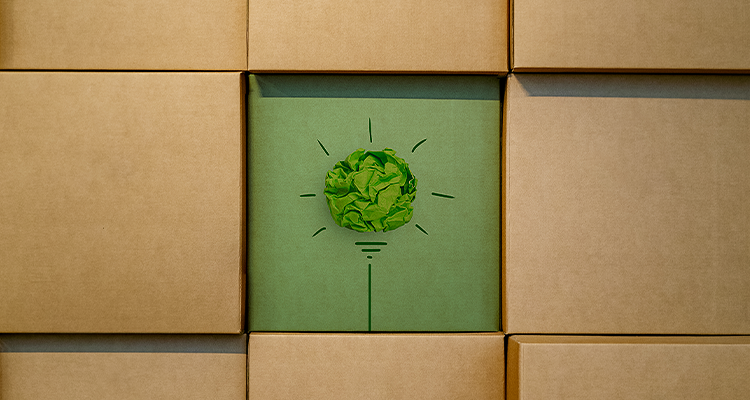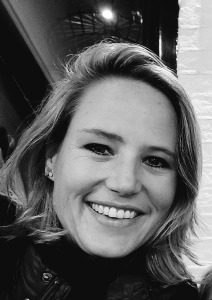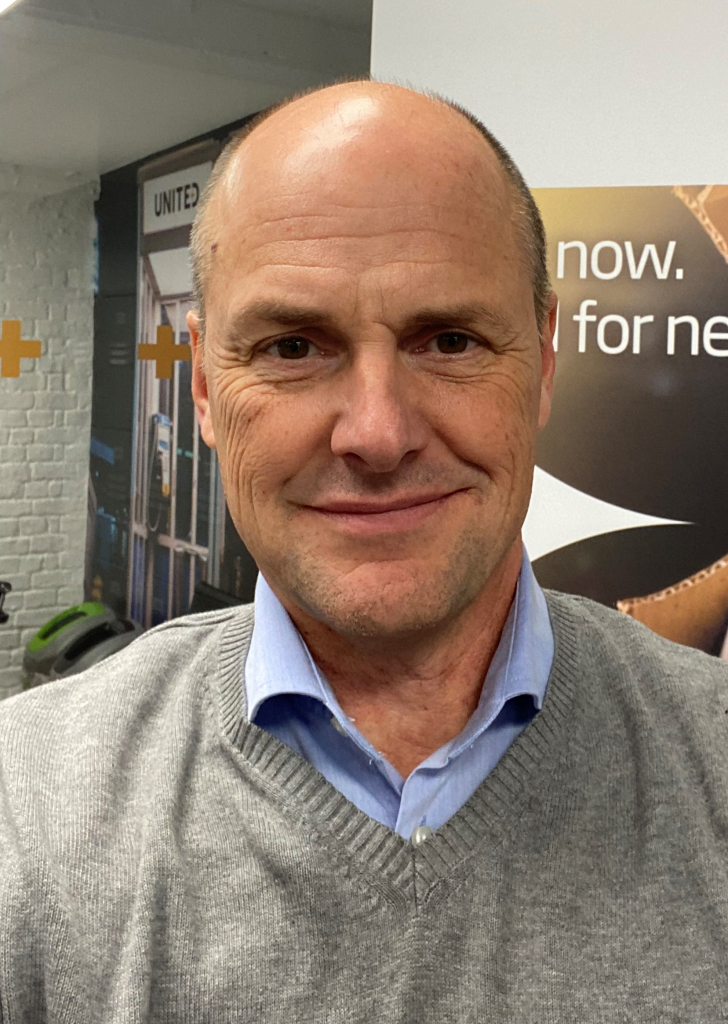
How the crossover between innovation and sustainability is disrupting packaging for good
There are two key elements currently dominating the manufacturing industry, and both promise operational growth and commercial gain. They are innovation and sustainability.
However, these are not isolated factors. They’re codependent. Innovation drives sustainability; sustainability necessitates innovation.
To unpick their convergence, we spent ten minutes with Marjolein Lem, Group Innovation Program Director, and Magnus Renman, Group R&D Director, from global packaging and paper mill juggernaut, DS Smith.
Tell us a little bit about your respective roles at DS Smith.
 ML: I initially joined the strategy team here at DS Smith, which offered me quite a good overview of company goings on across paper, packaging, and recycling divisions. It also meant that I could see and therefore better understand the interplay between packaging and recycling. Now I lead the radical innovation program at DS Smith.
ML: I initially joined the strategy team here at DS Smith, which offered me quite a good overview of company goings on across paper, packaging, and recycling divisions. It also meant that I could see and therefore better understand the interplay between packaging and recycling. Now I lead the radical innovation program at DS Smith.
We work with the packaging division, responding to customer requests and developing what we call incremental innovation – building on our existing capabilities to reach and serve the needs of our customers. Both today and tomorrow. My team and I are responsible for building new platforms for growth through radical innovation across five areas: ecommerce, circular packaging, channel agility, primary packaging, and smart packaging.
MR: I head up the research and development (R&D) department at DS Smith. I’ve been in the business for a long time – 30-plus years. In my team, we investigate the viability and efficacy of new materials for packaging applications. Yet we’re also really interested in new technologies for various uses, but mainly on the product side. Our core purpose it to innovate and work with new materials is to make the manufacturing of our packaging more efficient.
Why is innovation so important?
ML: For a start, innovative companies perform better; they have higher shareholder returns; they have higher growth margins and profitability rates; they attract and retain
the best talent. So, in a very basic way, it makes economic sense for a company to innovate. I really cannot overstate the importance of innovation, especially when you factor in global crises like the pandemic.
If Covid-19 taught us one thing in the business world, it was that innovative companies are more resilient. It shouldn’t come as a
surprise that those companies are now industry frontrunners.
 MR: Let me put it this way: You wouldn’t like to still be driving around in a car from the 1970s! All brands are innovating. Since they are innovating, they are also asking us – as their supplier – to innovate alongside them. In this way, instead of a supplier, we become their innovation partner. Products and services are continuously moving; ripples reach right through the supply chain. We need to stay on top of that and look ahead. Fundamentally, if you want to be a leading company, then you must be innovative. It’s not an option. If not, you will come to a standstill and you will die. Innovation is something buried deep inside the genetic code of our capitalist society. It’s necessary to survive.
MR: Let me put it this way: You wouldn’t like to still be driving around in a car from the 1970s! All brands are innovating. Since they are innovating, they are also asking us – as their supplier – to innovate alongside them. In this way, instead of a supplier, we become their innovation partner. Products and services are continuously moving; ripples reach right through the supply chain. We need to stay on top of that and look ahead. Fundamentally, if you want to be a leading company, then you must be innovative. It’s not an option. If not, you will come to a standstill and you will die. Innovation is something buried deep inside the genetic code of our capitalist society. It’s necessary to survive.
ML: Definitely, and interestingly, disruption is more often than not coming from outside the industry. It’s across the board, and so
of course we look at what our competitors
are doing but we are also particularly interested in what non-competitors are doing, especially when it comes to new technologies. We want to disrupt ourselves, rather than
be disrupted.
What insights can you both offer regarding the process of new product development at DS Smith?
MR: We have a very robust Stage-Gate process, as many companies do, which includes working alongside start-ups and technology partners. This can take two forms: a supplier comes up with a new product and they want us to review it; or we find a new technology and want to test whether it will be a good fit for us. Does it fit our areas that we want to be strong in, those in which we play to win? Will it drive DS Smith forward? In the R&D space, we’re coming up with new opportunities for packaging, new ways a material can be used, and that’s how
we transition from concept to tangible, scalable product.
ML: At DS Smith, we distinguish different innovation agendas: strategic innovation, focused on scalability; impactful innovation, which works across a lot of geographies in myriad customer segments; day-to-day innovation, covering each individual pack and bespoke order; then there’s our efficiency agenda, looking at process improvements at our mills and plants; and, finally, our technology development base and technical breaks. So, in short, we have a huge network of experts who create amazing packaging solutions on a daily basis. Key to that is working closely with our customers to connect the various dots of innovation: that’s when radical change happens.
How green is the packaging industry, and in what ways do innovation and sustainability intersect?
MR: We believe it’s very green, at least when it comes to fiber-based, corrugated packaging, particularly from a circular economy point of view. We reuse our fibers over and over again. Indeed, we have a recycling rate of 85 percent in Europe; there’s not another material that’s recycled as much as corrugated packaging. It’s a fantastic raw material – even more so when you compare it to something like plastic. Of course, we do need a few fresh fibers to add to the system, but each fiber can be recycled 25 times, so it’s very circular. On top of that, we’re looking for new ways to decarbonize, reduce our carbon footprint, and minimize our water and energy usage. Innovation plays a fundamental role in that.
You mentioned earlier that supplier demand is necessitating innovation, which has a knock-on effect on your work. Is the same true for sustainability?
ML: Every customer of ours has sustainability targets that are very stretching, and often packaging is a big part of that. Packaging is also where the biggest gains can be made, so it’s really come to the fore. Essentially, it comes down to us helping our customers close their loops. But it can be very incremental: taking just a couple of millimeters off a new packaging design might not sound like a
lot, but if you multiply that by a million
boxes, then it means you can take 20 lorries off the road.
What trends are you forecasting for sustainability and the viability of new materials within the packaging sector?
MR: When it comes to the whole plastic replacement drive, we’re working quite intensively on barriers and trying to add functionality to fiber-based packaging to mimic some of the properties of plastic. This would mean customers could use our packaging for food or in otherwise challenging, humid conditions. Inevitably, this will require new, innovative technology. One element that we’re currently reviewing are the fibers going into our mills. Alternative fibers – made from seaweed or straw, for instance, rather than spruce- and pine-derived wood fibers – promise radical change, and we’re really excited to see where our R&D team
can take it.